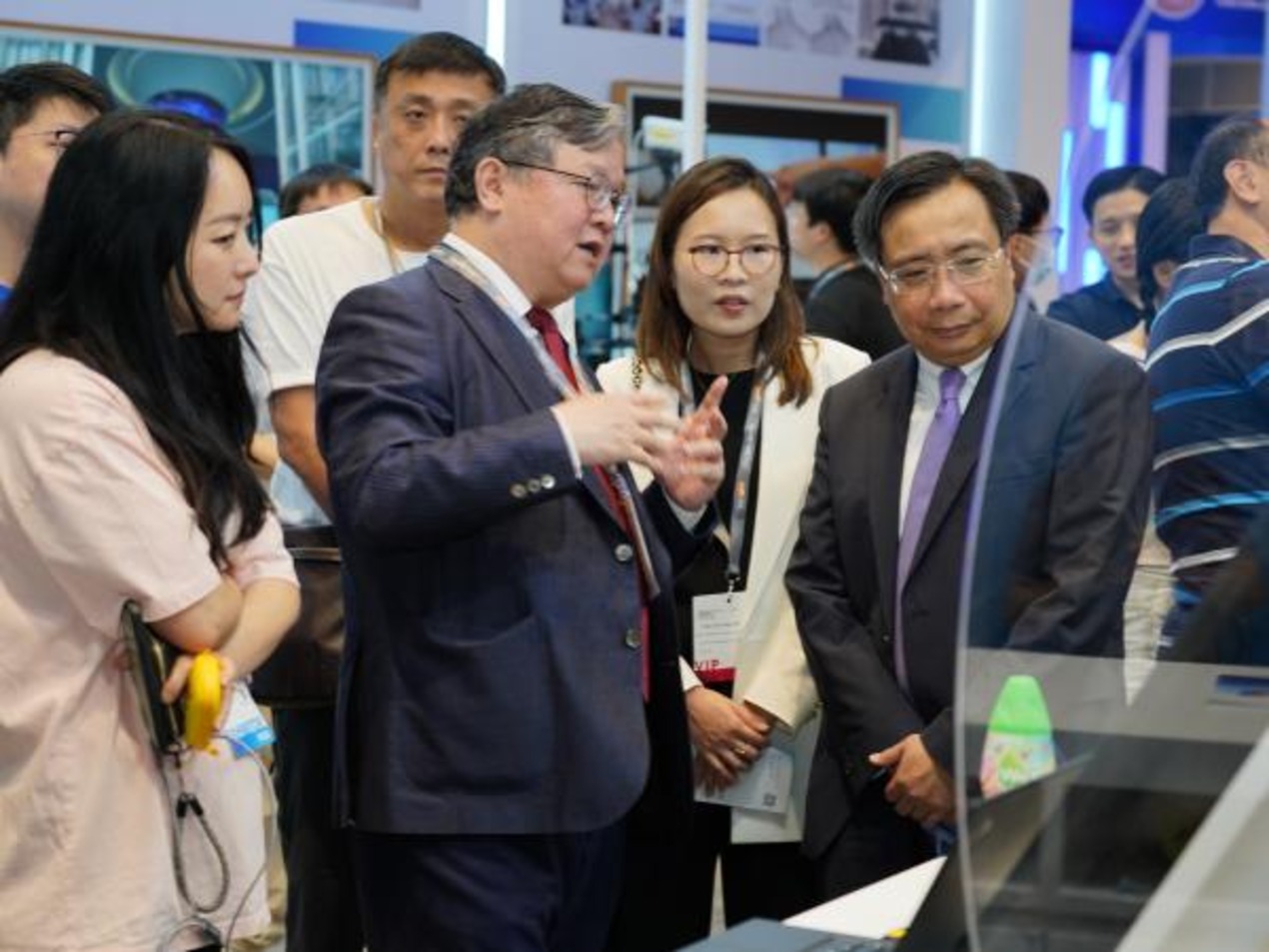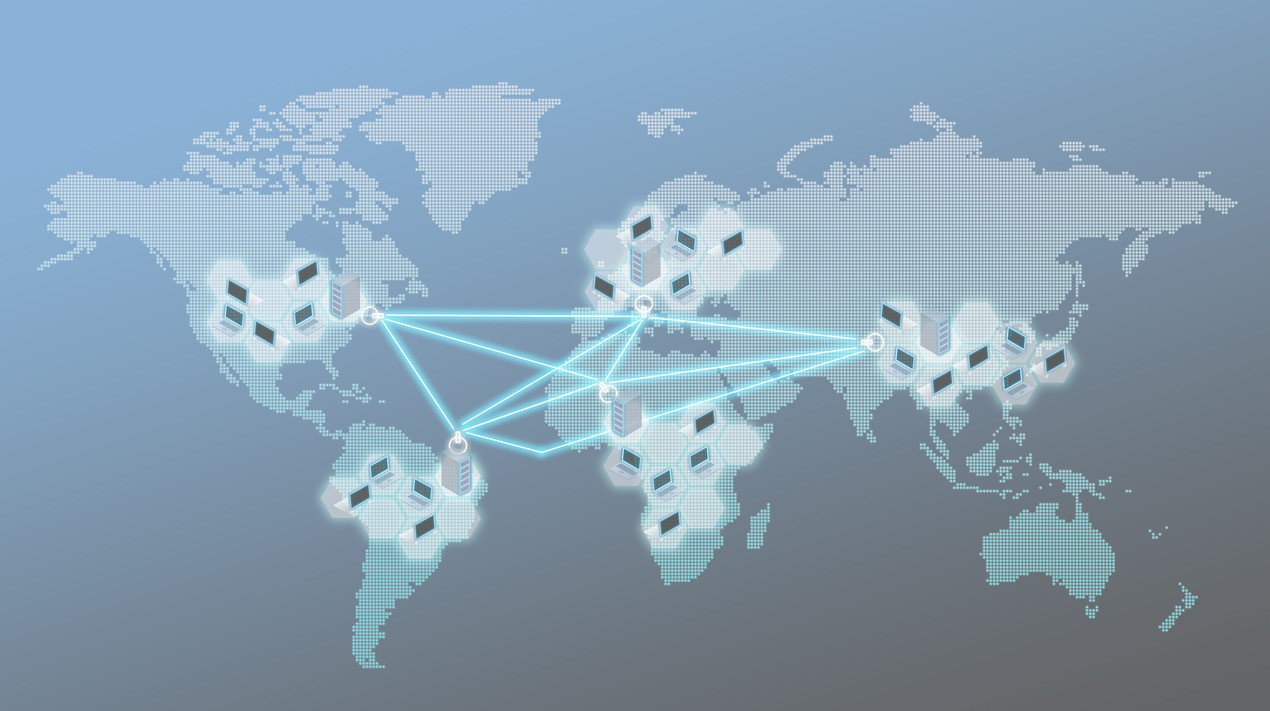
The spread of the pandemic – first in China and then across the world – was swift and caught governments, companies, and citizens off-guard. This global health crisis developed into an economic catastrophe that disrupted all manner of services, production, industry and created a supply chain crisis within weeks.
With business leaders needing to act quickly, the crisis provided a chance for advanced analytics and Artificial Intelligence (AI) based techniques to augment decision-making. Uncertainty touched every aspect of life under the pandemic – from health to work to economic impact – and expedited the accelerated adoption of advanced analytics and AI techniques.
Machine learning models were a natural aid but the development time for machine learning or advanced analytical models typically need a four- to eight- week window. And that is after there is a clear understanding of the scope of the use case, as well as the necessary data to train, validate and test the models. If a use-case evaluation is added before model development and deployment after the model has been trained, the time frame expands to three to four months from initial conception to production deployment

OpenGov Asia had the opportunity to speak exclusively to Indrek Onnik, the Global Affairs Director of the Government CIO Office of Estonia, to gain invaluable insights on how their digital government utilised advanced data analytics and AI during and even before the COVID-19 pandemic.
Indrek has in-depth experience in digitalisation, international affairs and cross-border cooperation and represents his country in international organisations. He is a keen advocate of digital transformation and takes every opportunity to share how going digital has positively affected his country and the people in it.
In his previous position as the Project Manager of the e-Estonia Briefing Centre, he had the role of hosting high-level information-sharing events. Through these, he has interacted with thousands of leaders around the world and has talked about how specific policies and strategies of Estonia allowed them to become one of the most digital societies in the world.
Across the globe, organisations and governments are searching for innovative ideas to tackle problems created by the COVID-19 pandemic. Countries are scrambling to ease pressure on their healthcare systems and find immediate solutions to combat the economic crisis – even as they try to ensure that life can continue as normally as possible. While innovation would be ideal, the pandemic does not allow many the luxury of time. In such a scenario, learning from others means the difference between life and death, survival, and collapse.
And what better example than Estonia? Considered the most advanced digital society in the world, the nation has built an efficient, secure, and transparent ecosystem in which 99% of governmental services are online. Indrek revealed that Estonia’s digital shift 30 years ago was vital to their current digital avatar. They already had in place tools for their citizens that other countries are struggling to provide today.
It is no surprise then that Estonians have designed numerous digital solutions to help tackle the ongoing COVID-19 crisis. One of which is a strong and secure digital identification system that is used not only by the public sector but also the private. This innovative digital identity can not only access government services but can be used for banking, social and community services (like libraries) and can even be used to buy prescription medicines in Estonia and Finland.
As a direct response to the unfurling COVID-19 crisis, the Estonian Patient Portal launched a new feature in a matter of days. This allows patients to temporarily start their sick leave in the system, helping take some of the administrative load off doctors and nurses.
Indrek says, “Estonia is ensuring the quality of data and high-value data sets” and is eager to manage and exploit them efficiently. In terms of data management and analytics, Estonia has set rules and regulations for data houses. These are not directive; instead, they are a set of guidelines and it is up to these houses their data integration programmes in conformance.
For example, when COVID-19 struck, Estonia immediately identified what the users needed in a time of crisis. They used data analytics in their programmes, such as analysing client calls where the needs of a user could be identified first-hand. This helped them deploy services in a faster cheaper and more efficient way. The government believes if resources can be saved in one area, they can be allocated in other areas that need these resources more urgently.
The COVID-19 crisis also gave rise to significant unemployment challenges. As in other countries, they had fiscal support programmes. Using the same digital identification system, these pay-outs could be done online and in a prioritised fashion.
Additionally, a data analysation tool that forecasts the probability of unemployment versus getting employed was put to use. The tool assesses which factors are impacting people, maps their needs to appropriate government assistance and so gets people into the labour market faster.
Another area where data analytics was used was to manage outdoor recreation and physical activity. While such tools were already in use before the pandemic, they were incredibly useful during the crisis where social distancing measures were in place. Recognising the need for exercise, physical movement and recreation, Estonia wanted to allow these activities safely.
For example, their hiking trails are much in demand. Using apps linked to the analytics tool, people can see which trails have a prohibitively large number of people already, so they can avoid these overcrowded ones.
The government fully appreciates the wider contribution of people and deeply values community involvement. To harness people’s creativity, experience, skills and intelligence, to further combat the crisis, the Estonian Ministry of Economic Affairs and Communications launched a fully online hackathon – Hack the Crisis. More than 1,000 innovators across 14 time zones got busy mentoring, conceptualising, clarifying, and refining solutions aimed at the COVID-19 pandemic.
The hackathon generated projects that have been taken been made live. For example, the state chatbot, Suve, is already up and running on many public sites, answering pandemic-related questions. A platform that matches volunteers with people needing assistance in the crisis has been launched. Another platform helps companies share their workforce, allowing employees to have adequate work (and the related pay) while simultaneously reducing that cost burden on business and/or their employee idle time.
With its success, the government is planning another Global Hack, bringing onboard new mentors such as tech entrepreneurs.
Indrek also touched on Kratt AI – a network of AI applications that enables citizens with public services equipped with virtual assistance through voice space interaction. For him, it is not just a simple IT project or an Estonian voice assistant, but it is a tool for a person to get everything they need from one device and one virtual assistant in one communication.
The Estonian Digital Government ensures that all these digital solutions are made available for all individuals across both the public and private sectors and endeavour them as transparent as possible. Examples range from machine translation, chatbot speeches and AI. For Indrek, it is not about democratising the AI itself, but the data the machine uses. Thus, they must make sure that the data available is simplified and complete.
Apart from its national source code repository, Estonia is building an AI artifactory whose mission is still the same – to give as many stakeholders as possible the means to use the available solutions the government had already built for them.
The outcome of decisions made by the Estonian government over the last decade in terms shows that their digital transformation is on the right path. Their digital foundations helped craft services tailor-fit for the new normal such as remote work, public buildings being closed and so on.
But they do not want to rest on their laurels and successes. Indrek confirmed that the government, from a digital perspective, is committed to being the initiators of change. Estonia intends to build more on cross-functionality, cloud technology, and the availability of data and solutions in the newer normal. This means more efficiency, better decision making and better services for the users of these services and solutions. But for them to be successful, stakeholders from both the private and public sector need to commit to their roles for the long term.
In the end, Indrek believes that the pandemic taught the world to do things faster. Nations have gained digital momentum and this momentum must not be lost. All governments must have a strategy and a vision to provide the most convenient and readily available public services for their citizens and these governments must continue striving towards that end goal.





















